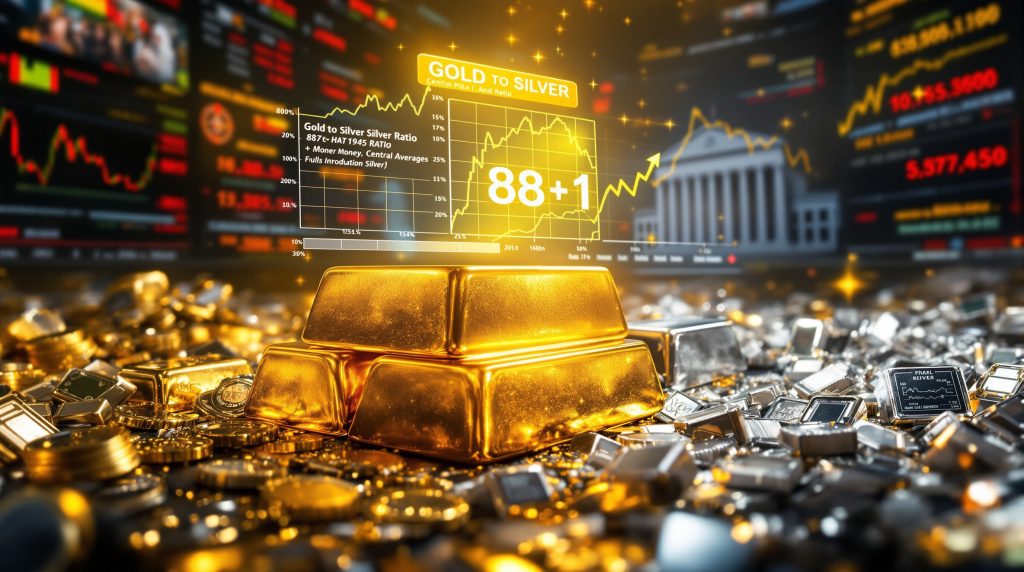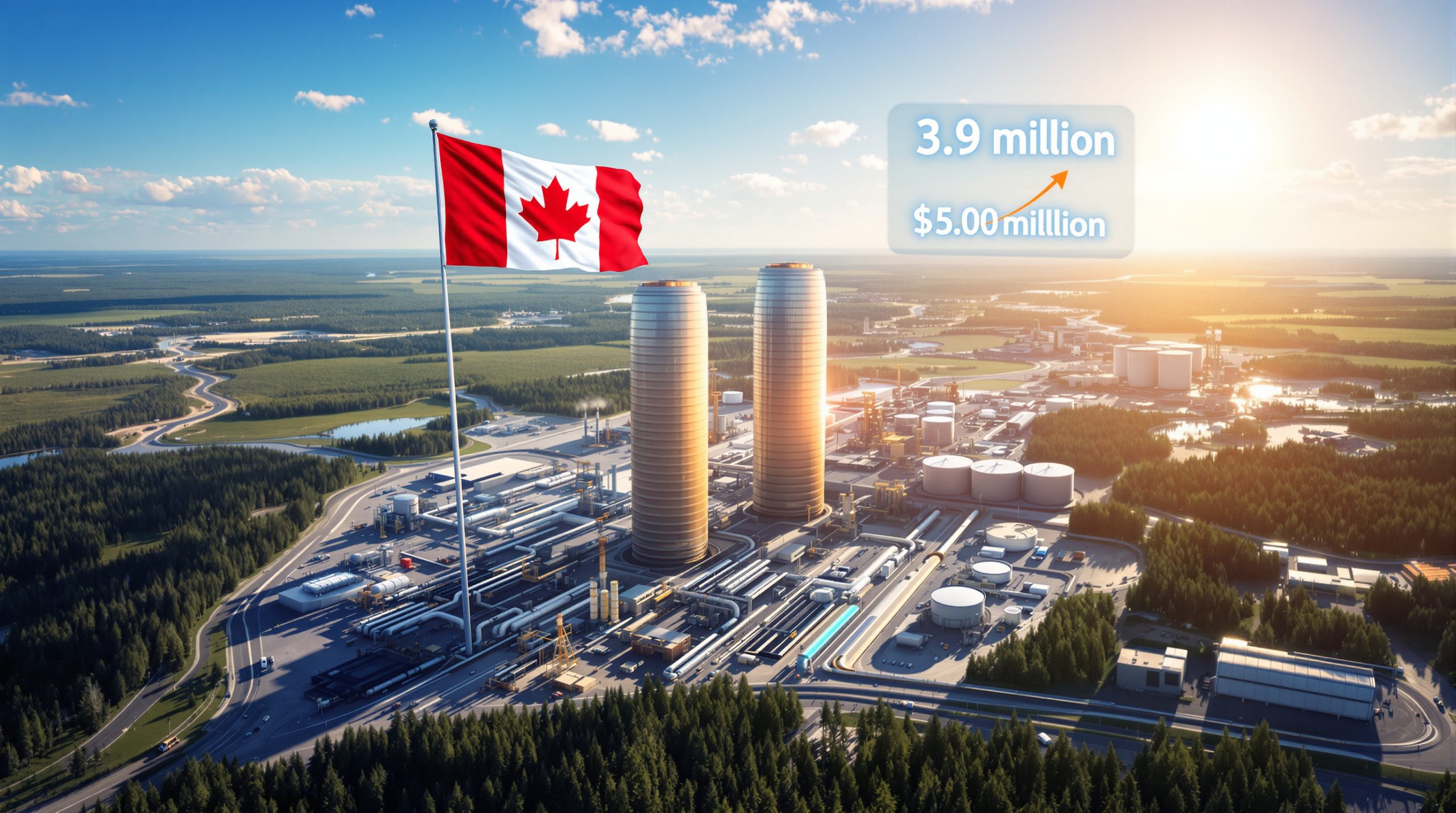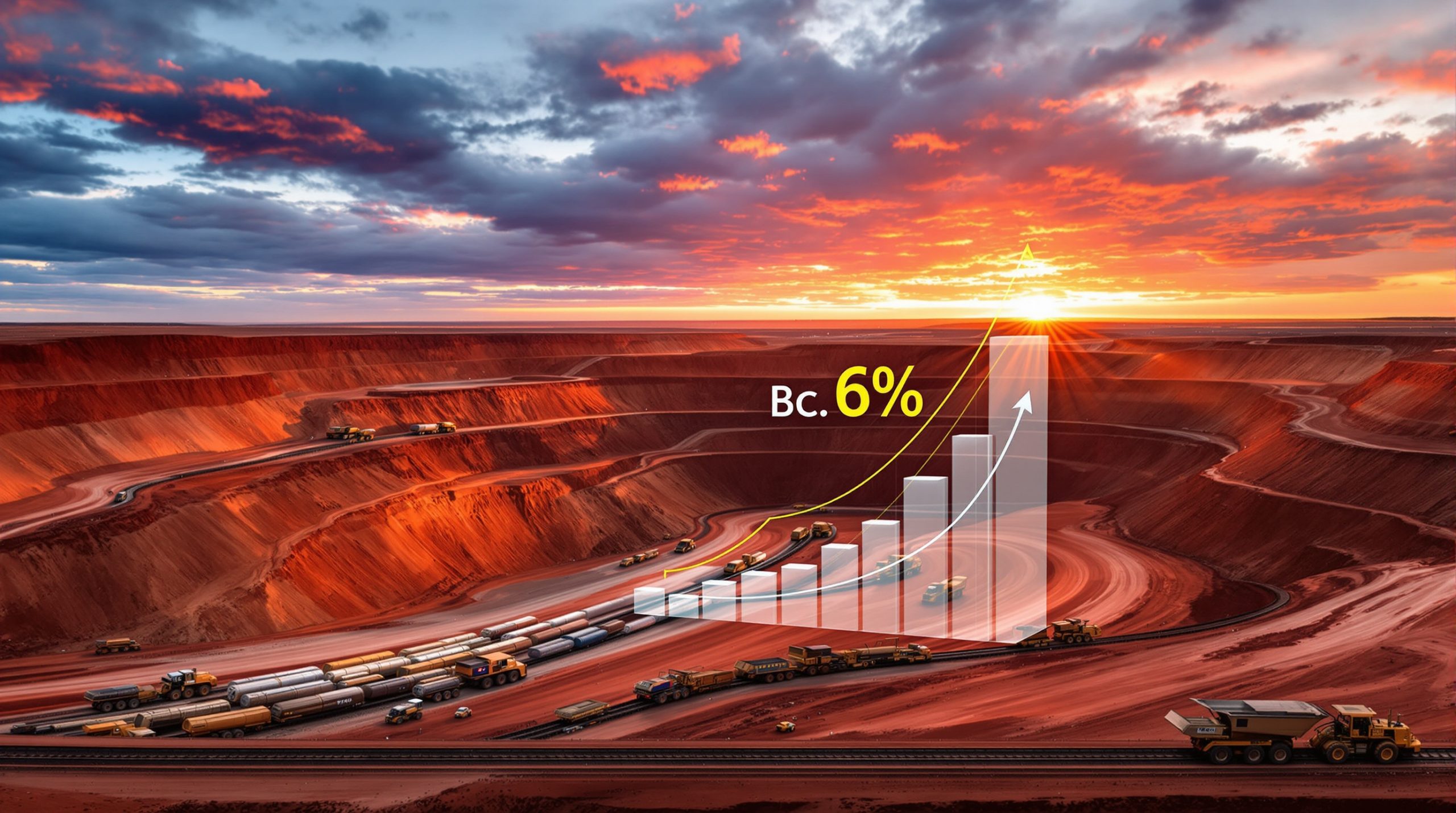Will Gold and Silver Prices Ever Decline? Understanding Price Normalization
The precious metals market has seen extraordinary momentum recently, with gold surpassing $3,700 per ounce and silver testing the $44 mark. These unprecedented prices stem from a complex interplay of factors creating the perfect environment for precious metals appreciation. However, history shows that all bull markets eventually normalize. This article explores the conditions driving current gold and silver price normalization and examines how normalization might unfold.
What Drives Record-Breaking Precious Metal Prices?
The current precious metals rally emerges from a perfect storm of economic uncertainty and geopolitical tension. Rather than responding to a single trigger, metals prices reflect what market analysts describe as "overall angst over the state of political, economic, social, and financial market" conditions globally.
Economic Uncertainty Fueling Investment Demand
Several concurrent economic factors create strong investment demand for precious metals:
- Divergent interest rate and inflation trends – Interest rates declining while inflationary pressures remain elevated
- Deteriorating labor markets – Rising unemployment alongside declining job creation globally
- Mixed economic signals – Simultaneous signs of economic deterioration and overheating
- Uncertain monetary policy effectiveness – Central bank interventions failing to stabilize key indicators
This combination creates an environment where traditional financial assets appear increasingly risky, pushing investors toward hard assets with historical crisis protection credentials.
Geopolitical Tensions Creating Safe Haven Appeal
The geopolitical landscape adds significant fuel to precious metals demand:
- Middle East conflicts creating diplomatic complications and potential energy market disruptions
- Russia-Ukraine war continuation with provocative military actions along NATO borders
- China-Taiwan relationship tensions contributing to Asia-Pacific uncertainty
- Political instability in Western democracies including electoral uncertainties
These factors collectively drive what investment professionals call "safe haven" buying – the flight to assets perceived as maintaining value during periods of heightened risk and uncertainty. Recent gold safe haven insights confirm this pattern of investor behavior during uncertain times.
How Does the Gold-to-Silver Ratio Indicate Potential Price Normalization?
The gold-to-silver ratio – measuring how many ounces of silver equal one ounce of gold by price – serves as a critical indicator for potential price normalization phases.
Historical Context of the Gold-Silver Ratio
| Era | Normal Ratio Range |
|---|---|
| Ancient to 19th century | 12:1 to 15:1 |
| Gold Standard Era (1870s-1930s) | 15:1 to 30:1 |
| Post-Gold Standard Era (1971-present) | ~65:1 average |
| Current | ~84:1 |
This historical perspective provides crucial context for evaluating current price relationships. For a deeper exploration, the historical guide to the gold-silver ratio from Investopedia offers valuable insights into how this relationship has evolved over time.
What the Current Ratio Suggests
The present elevated ratio of approximately 84:1 (calculated from $3,700 gold / $44 silver) indicates silver remains significantly undervalued relative to gold by historical standards. This disparity often precedes a normalization period where:
- Silver prices typically rise faster than gold during precious metals bull markets
- The ratio contracts as investors recognize silver's relative value
- Market forces eventually push the relationship back toward historical averages
When the ratio reaches extreme levels, it often signals an impending adjustment phase where either silver outperforms gold (ratio contracts) or both metals decline with silver falling less aggressively (ratio still contracts). Further gold-silver ratio insights can help investors understand these dynamics.
Why Would Precious Metal Prices Eventually Decline?
Despite the current bullish environment and widespread belief that conditions will only worsen, several factors could trigger a normalization phase where prices stabilize or decline.
Market Psychology Normalization
The most significant factor in potential price normalization isn't necessarily economic improvement but psychological adaptation. As market analysts note, "Markets don't permanently sustain crisis-level sentiment. Eventually, investors acclimate to challenging conditions, reducing panic-driven purchasing."
The normalization process typically involves:
- Initial crisis drives urgent safe-haven buying
- Peak investor participation at price highs
- Adaptation to "new normal" economic conditions
- Gradual reduction in crisis-premium pricing
- Return to fundamentals-based valuation
This psychological adaptation occurs even when underlying conditions remain problematic. As noted in the Declaration of Independence concept that "people will long endure injustices" rather than demanding change, investors similarly normalize their response to persistent negative conditions.
Potential Economic Stabilization Factors
While complete economic resolution isn't necessary for price normalization, some improvement factors could accelerate the process:
- Central bank policy effectiveness improving after adjustment periods
- Supply chain normalization reducing inflationary pressures
- Labor market equilibrium following post-pandemic disruptions
- Fiscal policy adjustments addressing sovereign debt concerns
These factors wouldn't need to fully resolve economic challenges – merely show sufficient progress to reduce extreme risk perceptions.
Technical Market Considerations
Market structure itself suggests eventual normalization:
- Historical precious metals bull markets typically last 5-8 years
- Current cycle began intensifying in 2019, suggesting potential maturation by 2026-2027
- Price corrections of 20-30% have followed previous record-setting rallies
- Extreme sentiment indicators often precede major trend changes
Technical analysts note that markets rarely move in one direction indefinitely, regardless of underlying fundamentals. Recent gold highs analysis supports these technical perspectives.
What Patterns Emerge from Historical Price Normalization?
Examining previous precious metals cycles reveals consistent patterns in how prices normalize after reaching peaks.
Gold Price Normalization Patterns (1980-2023)
- 1980 Peak ($850): Declined 65% over 20 years
- 2011 Peak ($1,920): Declined 45% over 4 years
- 2020 Peak ($2,075): Shallow 18% correction before current rally
The key pattern shows progressively shallower corrections in percentage terms, but still significant retracements from peak prices.
Silver Price Normalization Patterns (1980-2023)
- 1980 Peak ($50): Declined 93% over 20 years
- 2011 Peak ($49.80): Declined 72% over 4 years
- 2020 Peak ($30): 32% correction before current rally
The critical insight: silver typically experiences more dramatic percentage swings in both directions compared to gold during normalization phases, reflecting its smaller market size and dual monetary/industrial role.
How Do Industrial Demand Factors Influence Price Normalization?
Unlike gold, silver's dual role as both precious metal and industrial commodity creates unique normalization dynamics.
Silver's Industrial Applications Affecting Price Stability
Silver's industrial demand provides potential price support during normalization phases:
- Solar energy sector consuming approximately 15% of annual silver supply
- Electronics manufacturing requiring silver for conductivity properties
- Electric vehicle growth increasing silver demand (approximately 1-2 oz per vehicle)
- Medical applications expanding with antimicrobial innovations
This industrial demand creates a fundamental price floor that pure investment metals like gold may lack, potentially limiting downside during corrections. Current gold price forecast analysis suggests this differential could be significant in coming years.
Platinum Market Comparison
The platinum market provides an instructive parallel. After trading between $800-$1,100 from 2014 to early 2023, platinum prices recovered above $1,400, prompting large institutional investors to reassess their positions. These investors had stopped selling below $1,400, creating an artificial price floor based on investor psychology rather than fundamental demand.
This demonstrates how investor behavior and industrial usage can create price support levels that influence normalization patterns.
What Investment Strategies Work During Price Normalization Phases?
Preparing for potential normalization requires strategic positioning rather than simply abandoning precious metals positions.
Portfolio Protection Approaches
Sophisticated investors employ several strategies during normalization phases:
- Options strategies to hedge downside risk while maintaining physical positions
- Ratio trading between gold and silver based on historical relationship metrics
- Staggered profit-taking at predetermined price targets
- Cost-averaging during correction phases to improve position values
Many experienced investors maintain physical positions while establishing hedges: "We want to maintain our physical gold and silver positions that we put on… but we want to put hedges in place with options to protect ourselves and maybe even capitalize on any downside."
Allocation Adjustments During Normalization
| Market Phase | Suggested Precious Metals Allocation |
|---|---|
| Crisis/Uncertainty (Current) | 15-25% of investment portfolio |
| Early Normalization | 10-15% with strategic hedging |
| Full Normalization | 5-10% as core holding |
This stepped approach allows investors to maintain precious metals exposure while reducing risk during transitional market periods. Implementing effective gold market strategies can help investors navigate these phases successfully.
How Does Market Sentiment Shift During Normalization?
The psychological transition during normalization follows predictable patterns that investors can monitor for early signals.
Sentiment Evolution Timeline
-
Peak Enthusiasm Phase
- Record-breaking prices generate media attention
- New investors enter market at cyclical highs
- Price targets become increasingly ambitious
- Widespread questioning of "why prices would ever fall"
-
Questioning Phase (Early Normalization)
- Initial price corrections dismissed as temporary
- Technical analysts identify potential trend reversals
- Investment thesis begins facing critical examination
- Hedging strategies gain popularity
-
Acceptance Phase (Full Normalization)
- Recognition that market dynamics have shifted
- Focus returns to fundamental supply-demand metrics
- Long-term investors remain positioned while speculators exit
- Price predictions become more conservative
The current widespread questioning about "why gold and silver prices would ever fall in the future" represents a classic sentiment indicator often seen near cyclical peaks.
What Role Do Central Banks Play in Price Normalization?
Central bank activities significantly influence precious metals normalization patterns.
Central Bank Gold Policies Affecting Markets
Several central bank factors impact potential normalization:
- Reserve diversification programs from major economies
- Net purchasing trends shifting from historical selling patterns
- Gold-to-foreign-exchange ratios in national reserves
- Public statements regarding monetary policy and inflation expectations
Central banks acquired over 1,000 tonnes of gold in 2023, marking the second-highest year of net purchases on record according to the World Gold Council. This followed 2022's record of 1,082 tonnes, demonstrating a significant shift from the net selling that characterized the 1990s-2000s period.
This institutional buying provides important price support, but any reduction in purchase rates could accelerate normalization.
How Do Supply Fundamentals Impact Price Normalization?
Mining economics create additional normalization dynamics that investors should monitor.
Production Responses to High Prices
The supply side of the market typically responds to sustained high prices with:
- Increased exploration budgets during price peaks
- Marginal mine reactivation when prices support higher-cost production
- Production efficiency improvements driven by profitability
- New project development acceleration with improved financing conditions
The typical 3-5 year lag between price increases and significant production growth often coincides with normalization phases, creating potential supply increases just as demand moderates. Monitoring these trends on resources like GoldPrice.org's gold-silver ratio can provide valuable insights.
FAQs About Precious Metals Price Normalization
When might gold and silver prices begin to normalize?
Historical patterns suggest precious metals bull markets typically last 5-8 years. The current cycle intensified in 2019, pointing to potential normalization beginning between 2026-2027, though geopolitical developments could extend or accelerate this timeline.
Will normalization mean a crash in prices?
Normalization doesn't necessarily mean dramatic crashes. More likely scenarios include:
- Gradual price declines of 20-30% over 1-2 years
- Extended sideways consolidation periods
- Selective corrections in overheated segments
As one market analyst explains: "Gold and silver prices might decline but not as much as one would expect should economic and political conditions actually improve."
How does silver typically perform during normalization phases?
Silver generally experiences more volatility than gold during normalization, with potentially steeper percentage declines. However, its industrial demand component can provide support not present for gold.
What economic indicators signal potential normalization?
Key signals include:
- Sustained reduction in inflation metrics
- Stabilization of interest rate policies
- Resolution of major geopolitical conflicts
- Reduction in sovereign debt concerns
- Return to economic growth trajectories
Preparing for Eventual Precious Metals Price Normalization
While current market conditions support record precious metals prices, historical patterns suggest eventual normalization. This process rarely reflects dramatic improvements in economic or political conditions, but rather adaptation to challenging circumstances becoming the "new normal."
Investors should consider:
- Developing strategic exit plans at predetermined price targets
- Implementing hedging strategies to protect gains
- Maintaining core positions for long-term portfolio diversification
- Recognizing that timing normalization precisely remains challenging
The precious metals market will likely continue experiencing cyclical patterns of appreciation followed by normalization, with each cycle reflecting the economic and geopolitical circumstances of its era.
The most successful investors are not those who perfectly time market tops and bottoms, but those who maintain strategic exposure throughout market cycles while adjusting position sizes and hedging strategies as conditions evolve.
Ready to Spot the Next Major Mineral Discovery?
Discovery Alert's proprietary Discovery IQ model provides instant notifications on significant ASX mineral discoveries, helping you identify actionable gold and silver opportunities before the broader market. Visit our discoveries page to understand why historic mineral discoveries can generate substantial returns for early investors.




